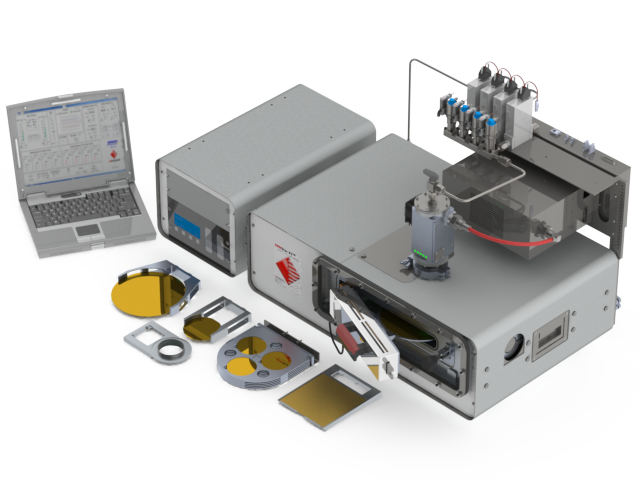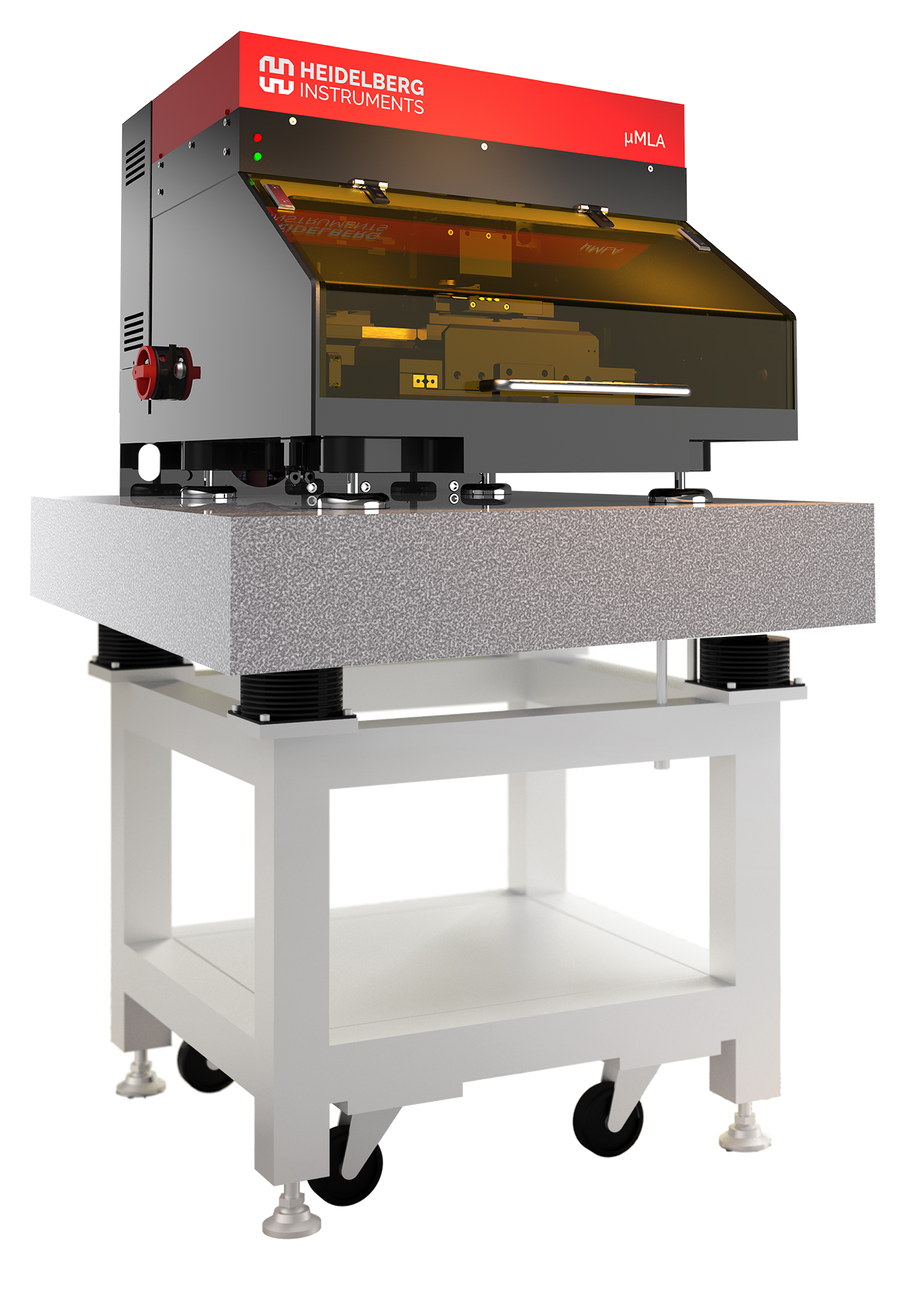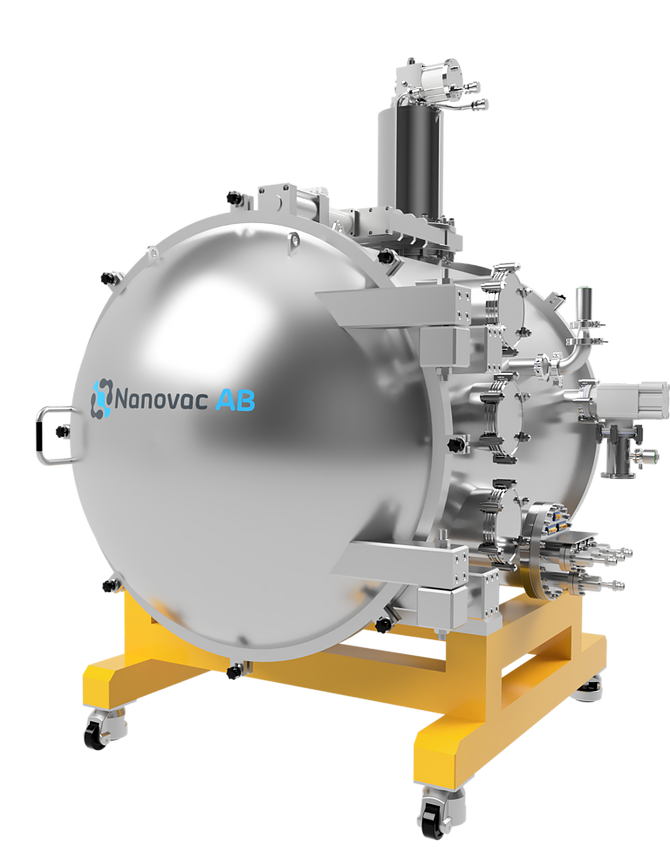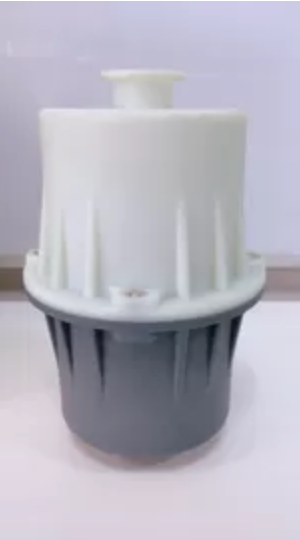Will diamond enable the essential scalability and reliability to build a Quantum Computer?
This is a $18B question as the Market is expected to reach by 2024, according to ResearchAndMarket.
To answer this question, researchers around the world are investing a lot of time, effort and money on Superconducting qubits, Trapped Ion route, Quantum dots, Topological qubits & Photonic qubits … And Diamonds.
Why Diamond has found some strong supporters amongst research groups and large companies and what is so “hard” about making Diamond qubits?
What is a good qubit?
The challenges to build a quantum computer are manifold. On top of the basic properties that quantum memories must exhibit to simply deserve the name of qubits, i.e. superposition, entanglement and interference, they should also have a long enough coherence time to be able to run any computation and be easy to fabricate in large numbers, and in a reproducible manner so that we can build systems of multiple qubits and thereby unlock the potential of running complex simulations and modelling that are nowadays impossible, even with the most powerful supercomputers. We’d also want them to require low power to operate.
What is so interesting about Diamond?
So far, no technology ticks all the boxes. Although we do not expect Diamond to outshine all currently existing platforms, thanks to its unique crystal structure it does have a lot to offer.
As a matter of fact, diamond qubits are essentially defects within an almost perfect crystal structure. First of all there are Nitrogen Vacancies (NV centres) and artificially created by “knocking off” two neighbour Carbon atoms and only substituting one of them with Nitrogen, thereby leaving behind an unpaired electron (as Nitrogen is trivalent and Carbon is tetravalent) and a vacancy. This unpaired electron transfers to the nearby vacancy, and can then be manipulated, i.e. put into an excited state corresponding to level | 1>, or dropped into a lower energy state corresponding to level | 0>, or a superposition of both, therefore forming a qubit to store information and perform logic operations. And then, there are other types of defects, such as the naturally occurring isotopes 13C, which can also act as qubits.
What’s common between all is that the almost perfect diamond lattice that surrounds those qubits actually provide them with great isolation from external interactions that would otherwise cause them to decohere and lose their quantum states, as they have an irritating tendency to do. The level of isolation, notably associated with the exceptional stiffness of the diamond bond resulting in a very low level of lattice vibration, is such that it enables operation of diamond qubits at room temperature, thereby considerably reducing power consumption in comparison with superconducting qubits or quantum dots which also show good stability but require cooling to cryogenic temperatures.
New records of coherence time have recently been achieved by a team of researchers at Delft University, with entangled qubits retaining their quantum state for up to 10s, thereby placing NV centres as second best qubits for stability, just behind Trapped Ions. But where Trapped Ions require many lasers to operate, the relative simplicity of diamond qubits and their solid-state nature represent a significant advantage for integration into devices.
Finally, NV centres have the very attractive property of being able to couple with light: they can absorb and emit very well-defined wavelengths which is the very principle on which we rely to address those qubits. And as the quantum information is encoded into photons, it opens the exciting opportunity of using existing datacom infrastructures to transport data over long distances.
How do we get the light out of diamond?
The total internal reflection which gives diamonds their shining appearance makes it particularly difficult to extract light from it. And yet, we do need to retrieve the photons from those NV centres as they carry the quantum information. That is the reason why the NV centres need to be very close to the surface of the crystal. One way to form those NV centres consists of doping diamond with nitrogen, by implantation. But it turns out to be very difficult to directly implant Nitrogen just below the surface.
At Oxford Instruments, process to thin down diamond is developed which brings those NV centres closer to the newly formed surface, while keeping them intact. The RIE process carried out on the Oxford Instruments PlasmaPro 100 Cobra, allows to rapidly etch through the bulk material while ensuring a controlled and residue/contamination free surface, with very low roughness (typically below 3A) to limit noise and optical losses, and oxygen terminated to provide additional protection to the shallow qubits.
To further facilitate light extraction from the NV centres, Oxford also proposes solutions to directly nano pattern the diamond surface into photonic crystals, or plasma etch III-V materials (bonded to the diamond substrate) into photonic crystals.
Finally, diamond-based quantum technologies, as promising as they may be, are not perfect. And as such, longer-term useful devices are likely to be hybrid structures, incorporating a variety of qubit types, each performing a specific activity for a tailored application.
At Oxford Instruments, solutions for superconducting qubits and photonic qubits are provided. These include PEALD of NbN and TiN thin films with respective critical temperatures as high as 12.9K and 3K, for interconnects and resonators, PECVD of low loss SiNx for waveguides and Bosch or cryo etch of optical components, with very smooth sidewalls, low etch rates, high selectivity and notch control.
Reference & Credit: Oxford Instruments Plasma Technology, June 2020





